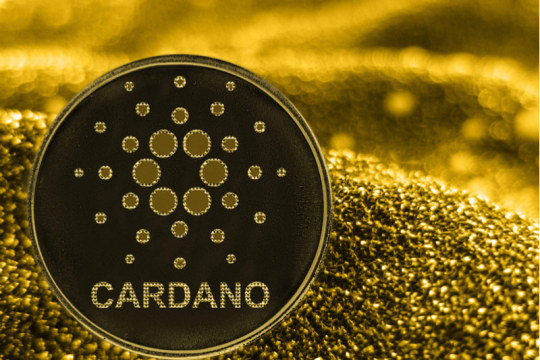Text
Understanding Cardano: A Revolutionary Blockchain Platform

In the fast-evolving landscape of cryptocurrencies and blockchain technology, Cardano has emerged as a noteworthy contender. Founded by Charles Hoskinson, one of the co-founders of Ethereum, Cardano stands out for its commitment to scalability, sustainability, and interoperability. In this article, we delve into the core aspects of Cardano, exploring its unique features and the potential it holds for the future of decentralized finance (DeFi) and beyond.
1. Philosophy and Approach: At the heart of Cardano lies a strong philosophical foundation rooted in peer-reviewed research and academic rigor. Unlike many blockchain projects, Cardano adopts a scientific approach, integrating academic research and cryptographic principles into its development process. This approach ensures that every aspect of the platform is thoroughly vetted and validated before implementation, prioritizing security, scalability, and sustainability.
2. Three Layers of Cardano: Cardano is structured into three distinct layers, each serving a specific purpose: the Cardano Settlement Layer (CSL), the Cardano Computation Layer (CCL), and the Cardano Control Layer (CCL). The CSL handles transactions and the native ADA cryptocurrency, ensuring secure and efficient peer-to-peer transactions. The CCL, on the other hand, facilitates smart contracts and decentralized applications (dApps), enabling developers to build complex applications on the blockchain. Finally, the CCL serves as a governance layer, allowing stakeholders to participate in the decision-making process through a democratic voting mechanism.
3. Ouroboros Consensus Mechanism: Cardano utilizes the Ouroboros proof-of-stake (PoS) consensus mechanism, which is designed to achieve both scalability and security. Unlike traditional proof-of-work (PoW) systems, where miners compete to solve complex mathematical puzzles, PoS relies on validators who are chosen to create new blocks based on the amount of cryptocurrency they hold and are willing to "stake" as collateral. Ouroboros ensures that the network remains secure while significantly reducing energy consumption compared to PoW-based blockchains.
4. Interoperability and Sustainability: Interoperability is a key focus of Cardano, aiming to establish seamless communication and collaboration between different blockchain networks. Through its unique architecture and protocol standards, Cardano enables cross-chain compatibility, allowing assets and data to be transferred between different blockchains effortlessly. Moreover, Cardano is committed to environmental sustainability, addressing the concerns surrounding the energy consumption associated with blockchain networks.
5. Adoption and Future Prospects: Despite being a relatively young platform, Cardano has garnered significant attention and adoption within the cryptocurrency community. Its emphasis on scalability, sustainability, and interoperability positions it as a promising contender in the competitive landscape of blockchain technology. With ongoing development and upcoming upgrades such as the implementation of smart contract capabilities through the Alonzo upgrade, Cardano is poised to play a significant role in shaping the future of decentralized finance and beyond.
In conclusion, Cardano represents a paradigm shift in the world of blockchain technology, combining scientific rigor with practical innovation to create a platform that is scalable, sustainable, and interoperable. With its unique approach and ambitious roadmap, Cardano has the potential to revolutionize various industries and redefine the way we think about decentralized systems.
1 note
·
View note